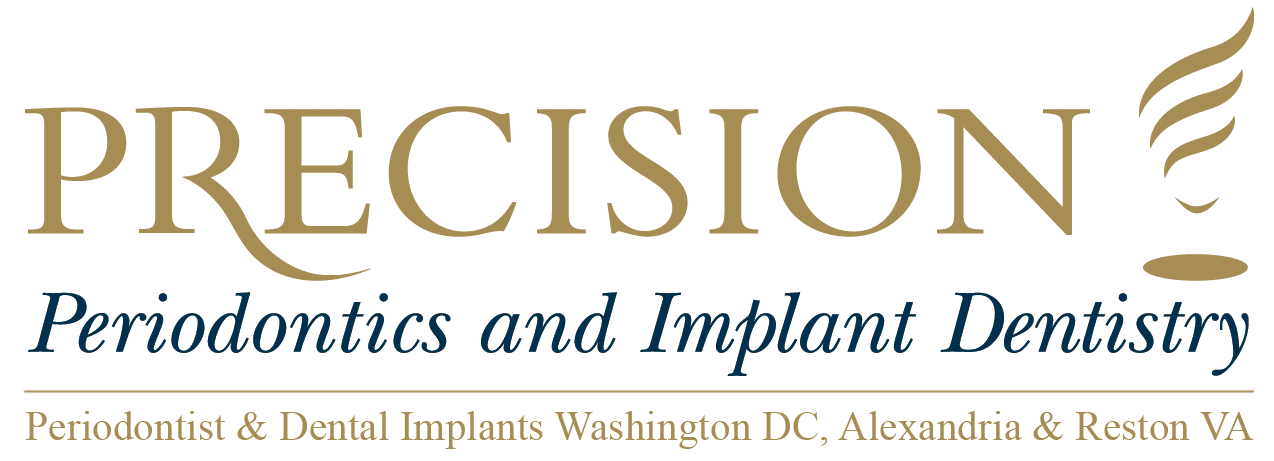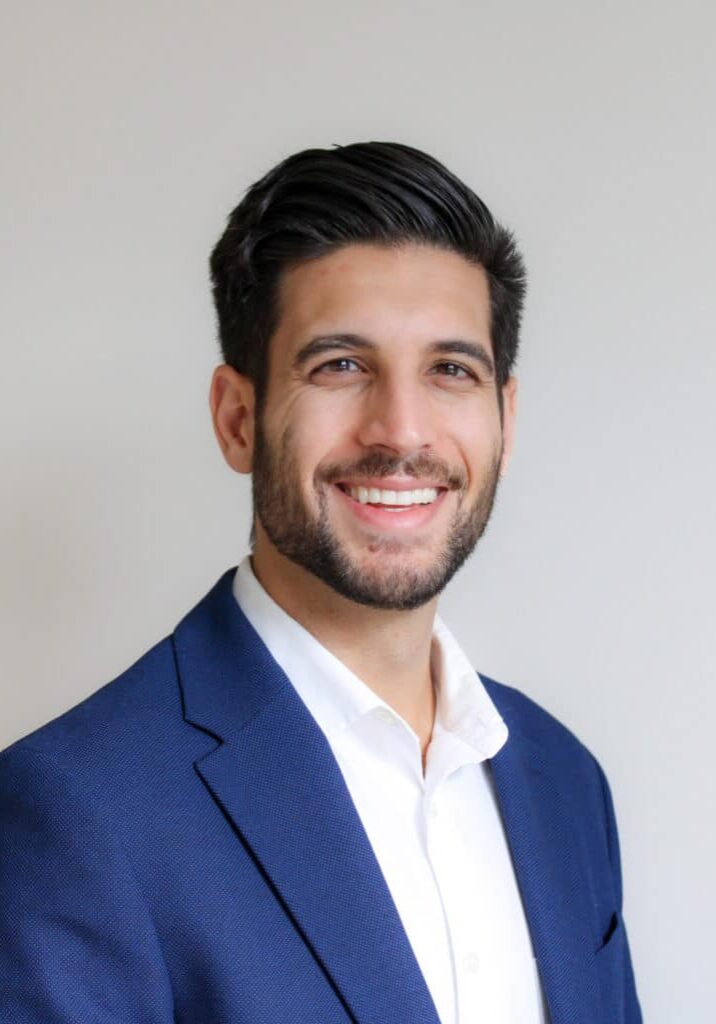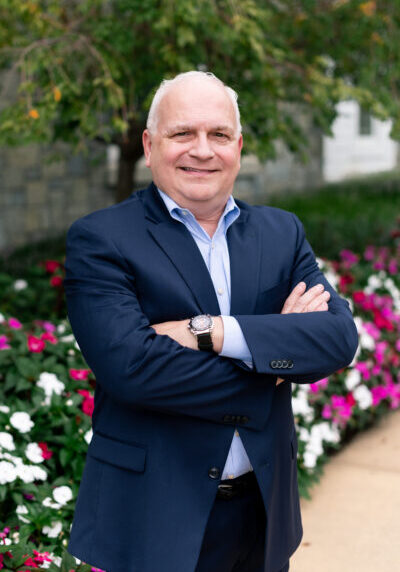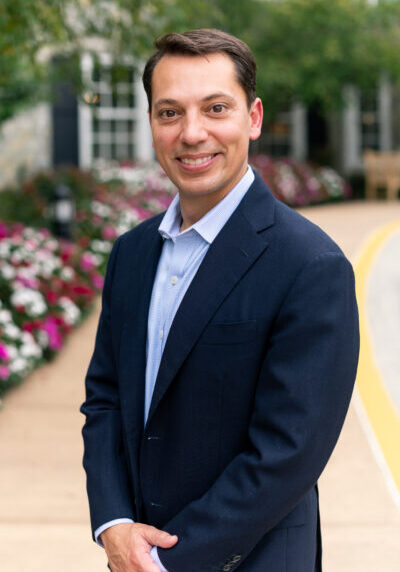Periodontology Anatomy - Alveolar bone
The alveolar process, also called the alveolar bone, includes the thick ridge of bone containing the sockets of the tooth on the jaw bones which hold the teeth. The bones which contain teeth are the maxilla and the mandible. The curved portion of each alveolar process on the jaw is referred to as the alveolar arch.
On the maxilla, the alveolar process is a ridge which is found on the inferior surface. On the mandible, it is a ridge on the superior surface. This makes up the thickest part of the maxillae.
The alveolar process contains a region of compact bone which is adjacent to the periodontal ligament (PDL). When it is viewed on radiographs, this is called the lamina dura. This part is attached to the cementum of the roots by the periodontal ligament and is uniformly lighter. The integrity of the lamina dura is important in studying radiographs for pathological lesions.
The alveolar process includes a supporting bone, which includes the following components: fibers, nerves, cells, blood vessels, intercellular substances, and lymphatics.
The alveolar process is the lining of the tooth socket and also known as the alveolus. While the alveolar process is made from compact bone, it can also be called the cribriform plate because it contains holes where Volkmann canals pass from the alveolar bone into the PDL. The alveolar bone proper is also called the bundle bone because of the Sharpey fibers, a portion of the fibers of the PDL, are found here. Similar to the cemental surface, the Sharpey fibers in the alveolar bone proper are inserted at a right angle or at 90 degrees. While they are also fewer in number, they are thicker in the diameter compared to the fibers in the cementum. Sharpey fibers are typically mineralized partially at their periphery.
The alveolar crest is the most cervical rim associated with the alveolar bone proper. In healthy situations, the alveolar crest is slightly apical to the cementoenamel junction (CEJ) by about 1.5-2 mm. The alveolar crests of the adjacent teeth are also uniform in height along the jaw when they are healthy.
The supporting alveolar bone structure contains both cortical and trabecular bone. The cortical bone, or cortical plates, consist of plates of compact bone located on the facial and lingual surfaces of the alveolar bone. These cortical plates are usually 1.5-3 mm thick over the posterior teeth. The thickness can drastically vary around the anterior teeth. The trabecular bone contains cancellous bone, which is between the alveolar bone proper and the plates of cortical bone. The alveolar bone located between the two neighboring teeth is the interdental septum or the interdental bone.
Composition
Inorganic matrix: The alveolar bone is made up of 67% inorganic material by its weight. The inorganic material is primarily composed of calcium and phosphate. The mineral content is typically in the form of calcium hydroxyapatite crystals.
Organic matrix: The remaining alveolar bone is 33% organic material. The organic material consists of both collagen and non-collagenous materials. The cellular components of the bone contains osteoblasts, osteocytes and osteoclasts.
- Osteoblasts are usually cuboidal and elongated in their shape. The functions of osteoblasts include the formation of bone by synthesizing the organic matrix of bone, cell to cell communication and maintenance of bone matrix.
- Osteocytes are modified osteoblasts that are entrapped in lacunae during the secretion of bone matrix. These canaliculi deliver oxygen and nutrients to the osteocytes through the blood and also remove metabolic waste products.
- Osteoclasts are large, multinucleated cells.





